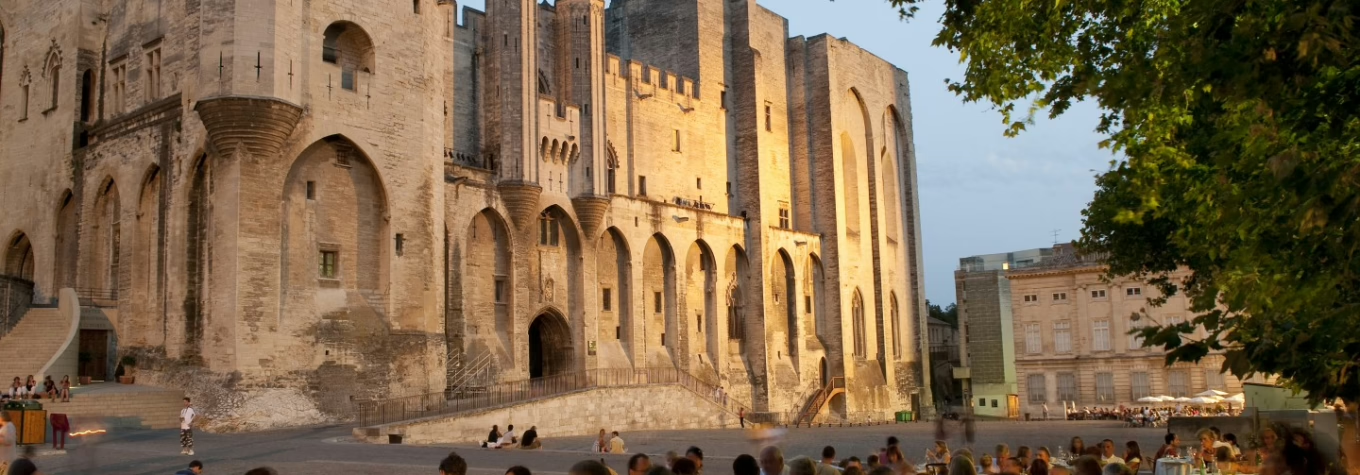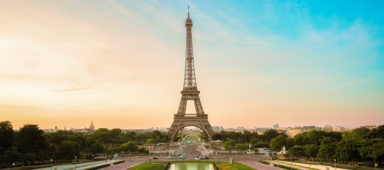These rustic, lesser-known spots in Provence are perfect for a laidback weekend escapade
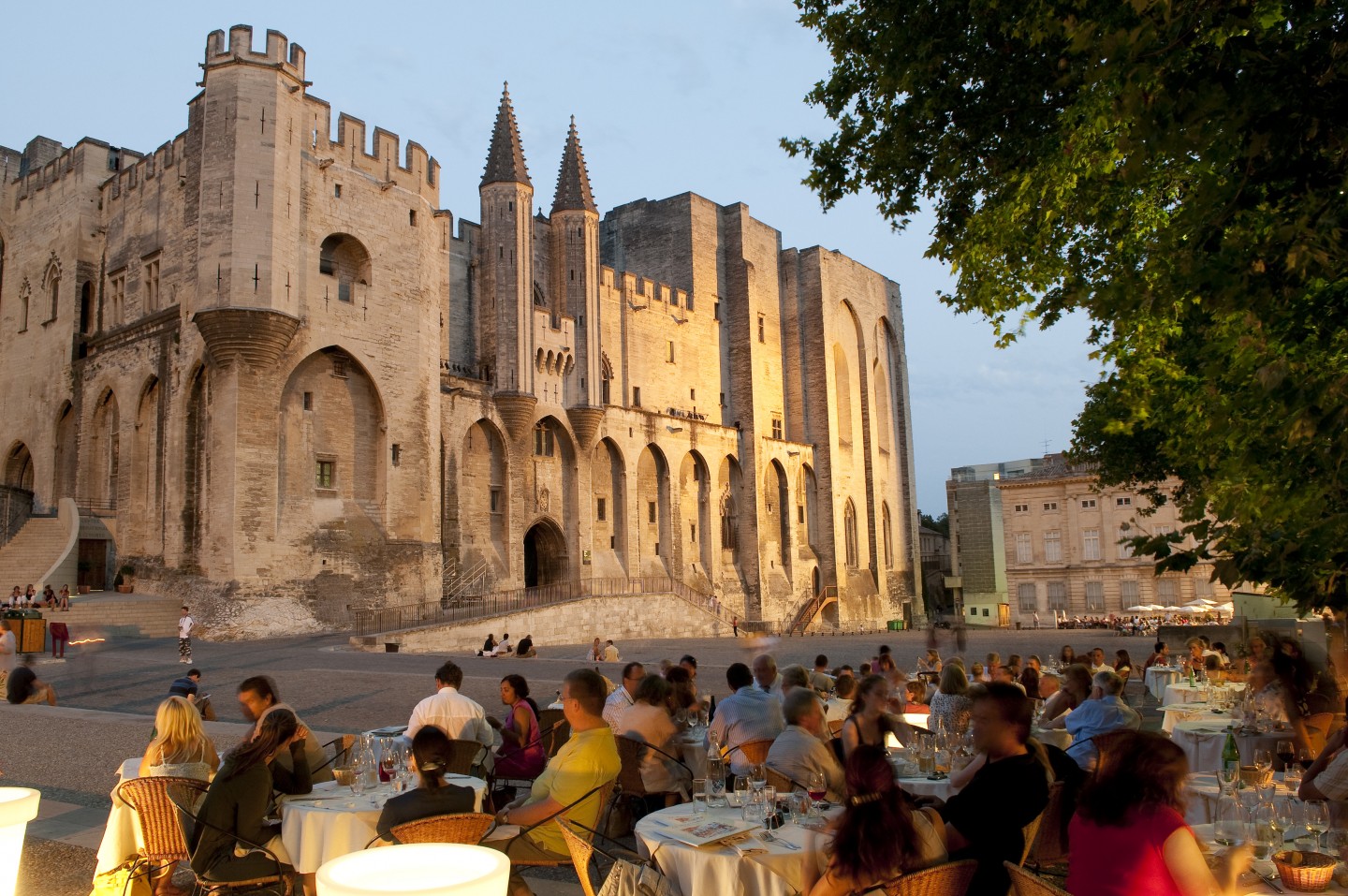
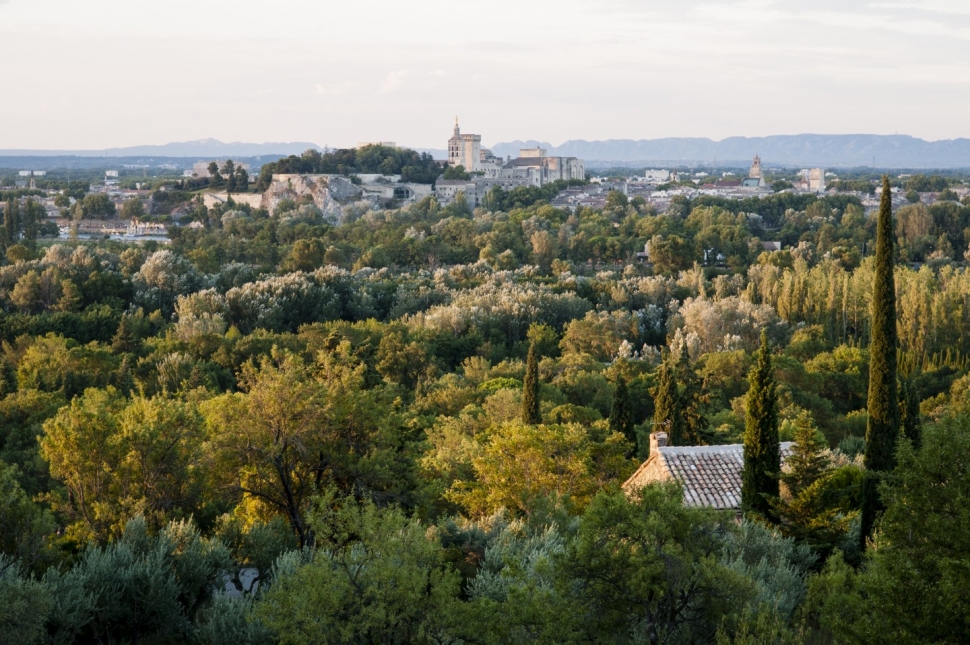
Exploring Provence’s vast, rugged sprawl can be exhilarating – and daunting. From the salt marshes of the Camargue to storybook hilltop villages like Gordes to the lively Mediterranean city of Marseille, the famously picturesque French region offers an array of landscapes and experiences that could take months to uncover.
Where to start? Arles and Avignon. Just 20 minutes apart by train, the Roman-era town of Arles and the medieval walled city of Avignon enfold a dense mix of architectural beauty, world-class art, sun-soaked Provençal gastronomy and Unesco World Heritage sites.
Toss in ambitious new cultural spaces, a hint of urban cool and a high-speed rail link with Paris (about three hours away), and the result is a southern French smorgasbord that can be devoured in a weekend.
WHAT TO DO?
Art of Arles
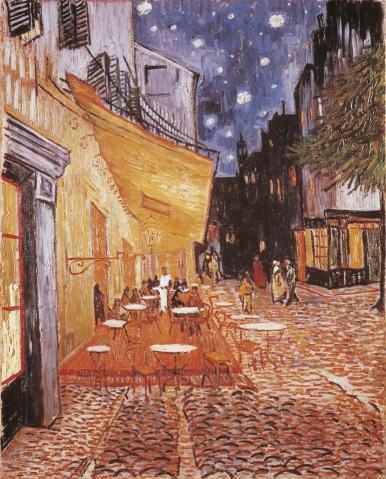
Vincent van Gogh created more than 300 works during his 15 months in Arles, in 1888 and 1889. Alas, not one van Gogh canvas remains in Arles, not even at the splashy new Fondation Vincent van Gogh, which organises van Gogh-related exhibitions by contemporary artists. Practically his only trace resides in the Musée Réattu, a castlelike 15th-century edifice containing an 1889 letter he wrote to his friend Paul Gauguin. In a tiny scrawl, he praises Wagner, bemoans the prose of Uncle Tom’s Cabin and laments his psychological state. The museum also has drawings by Picasso, sketches by the fashion designer Christian Lacroix (an Arles native) and photographs by everyone from Brassaï to Berenice Abbott.
Roman Roamings
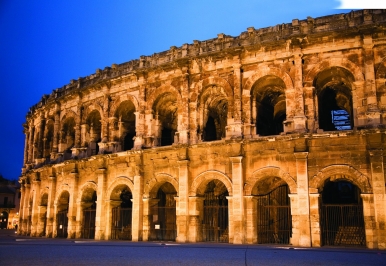
They came, they saw, they erected an entertainment complex. Dating to the first century A.D., the grand Roman arena, les Arènes, once packed in some 20,000 spectators during gladiator battles with exotic beasts – and with one another. Maintaining the tradition of men fighting animals, the arena hosts summer bullfights. Next door, the ruins of the colonnaded theater are a pleasant spot to wander or watch a concert.
Pope Art

It’s good to be pope. If you happened to be one of those who lived in Avignon during the religious turmoil of the 14th century (when the papacy abandoned Rome), you would have presided over an immense Gothic palace filled with soaring banquet halls, huge vaulted chapels and lush gardens populated with peacocks, camels and other exotic fauna. These areas and more are viewable in the Palais des Papes, whose smaller rooms are equally impressive. The papal bedroom is painted with cosmic swirls of vegetative motifs, while the study is covered by mystical frescoes of a nocturnal stag hunt in a forest inhabited by a dragon and unicorn.
Books, Pillows and Bowties
Whether you’re desperate for a skateboard-shaped chopping board or just a coffee-table book, People’s Paradise provides. One of several hip fashion and design shops near Place St.-Didier, the lifestyle emporium outfits you for summer with ultralight, hand-dyed T-shirts, from the Provençal brand Red Soul, and red rolled-up shorts by Elevenparis. Kooky and colorful, the namesake shop of Isabelle Erizé sells her lacy, tasseled Baroque-style handbags, and cushions mixing stripes and leopard print. CQFD boutique, dedicated to indie French brands, adds wooden sunglasses from Shelter and wooden bow ties by Bowtify.
Vincent, Finally
A rare treasure hides in the little Musée Angladon: one of the few van Gogh paintings in Provence. Blazing with color – mint green sky, orange-pink grass and fuzzy blue-red railroad cars – Wagons de Chemin de Fer, painted in Arles in 1888, shows the depressive Dutchman in full visionary mode. The same room includes early Picasso gouaches, Cezanne’s geometric, hard-edge still life Nature Morte au Pot de Grès, and works by Modigliani, Degas and Vuillard.
Art Times Two
Reopened in July, the Collection Lambert, a museum of excellent modern and contemporary art, has expanded into the adjacent townhouse, doubling its size. The permanent collection includes sculpture by Sol LeWitt, paintings by Jean-Michel Basquiat, photos by Nan Goldin and much besides.
Starry Nightcap
A nocturnal walk quickly becomes an art history lesson. Heading west from Place Lamartine, you arrive at the riverside spot where van Gogh painted Cafe Terrace at Night. Strolling the east side of Place du Forum, you might recognize the scene from The Night Café, marked by a signboard. For drinks, avoid the square’s tourist traps and instead go around the corner to Baràvin, a cheerful wine bar, for a glass of medium-bodied local Château Mont-Redon red.
WHERE TO EAT?
For lunch:
1. At L’Epicerie – decorated like a 1950s French grocery store – richness rules the Franco-Mediterranean-North-African menu. Foie gras terrine is sweetened with mango and cinnamon, while scallops are loaded into a dense leek mille-feuille. If veal tagine with couscous doesn’t sound sufficiently bloat-inducing, the robust pink duck meat comes with hearty potato gratin. Raspberry cheesecake and a spongy French toast in warm caramel sauce guarantee blissful post-meal immobility.

2. Nature’s bounty literally sprouts from the walls of Avignon’s covered market, Les Halles, thanks to an exterior “vertical garden”. Inside, Provence’s cornucopia spills from produce stalls, cheese mongers, delis, florists, bakers and butchers. Noteworthy offerings include a variety of salts flavored with everything from fish to hibiscus flower at Le Moulin à Epices and Côtes du Rhône wines at Les 20 des Halles. For lunch, La Cabane d’Oléron serves grilled fresh scallops on skewers, la fine de claire oysters, and other marine morsels.
For dinner:
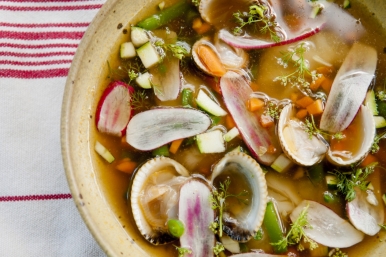
1. Inside Le Galoubet, which evokes both the Middle Ages (stone walls, beamed ceilings, massive hearth) and the mid 20th century (industrial lamps, red neon sign), an upper-crust crowd dines on traditional French cuisine that is far from middling. The three-course menu might start with crunchy local vegetables and cervelle de canut (a zesty cheese spread) or a soft-boiled egg atop a colorful arrangement of soft-cooked red peppers, eggplant and ham slices. Mains might include hanger steak with mushrooms or veal in tangy wine-mustard sauce. For dessert, the cake enveloped in a chocolate shell with sour cherry sorbet on top is a rich, dark, citric delight.
2. Opened last year, L’Agape – pronounced “lah-GAHP” (the word means a fraternal meal in French) contains stylish vintage industrial décor to accommodate the stylish all-ages crowd. Appetizers and desserts are the standouts, notably the veal tartare starter (served with runny warm egg, girolle mushrooms and blue vitelotte potato chips for a textural mash-up) and the chilled nougat finisher (drenched in honey mousse and studded with radiant citrus-loaded orange and grapefruit slices). Mains, from roast lamb saddle with fried zucchini to pollock fillet in an olive crust, are slightly less flavorful but solid.
WHERE TO STAY?
1. Arles’ Hôtel du Forum (hotelduforum.com) occupies a historical stone townhouse with a courtyard swimming pool. The 38 rooms are done in floral patterns and country French décor, while the lobby and bar are filled with gramophones, steamer trunks and other retro knick-knacks.
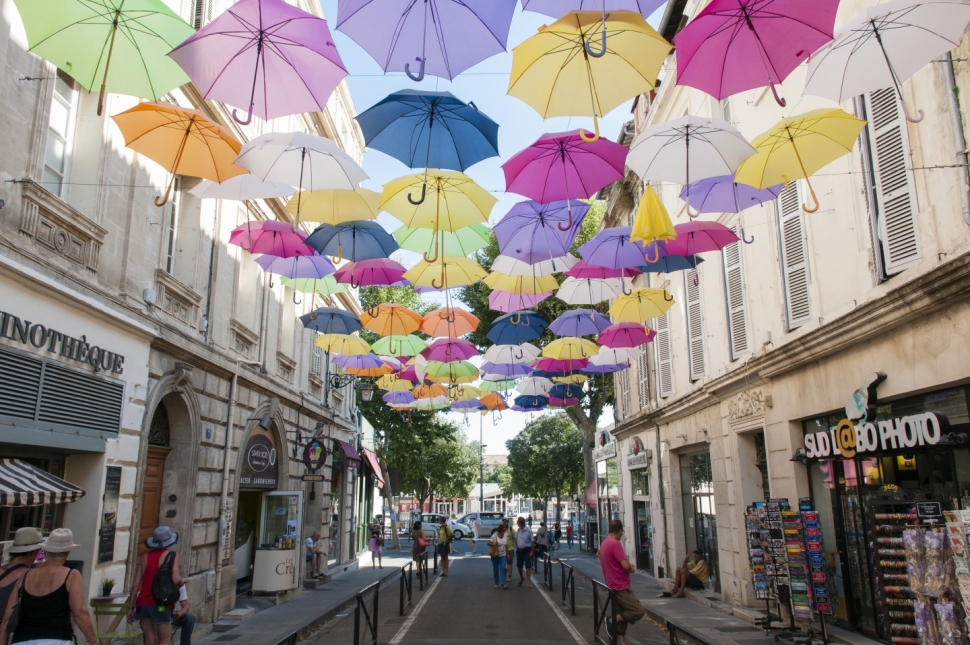
2. In Avignon, Rue du Portail Boquier contains two worthy lodging options. Within an 18th-century edifice, the 12 simple rooms of Hotel Boquier (hotel-boquier.com) sport bright Provençal colors. For a rooftop pool and high-end restaurant, the 80-room L’Hotel Cloître Saint-Louis (cloitre-saint-louis.com) occupies a Renaissance-era Jesuit school and a modern addition by Jean Nouvel.
